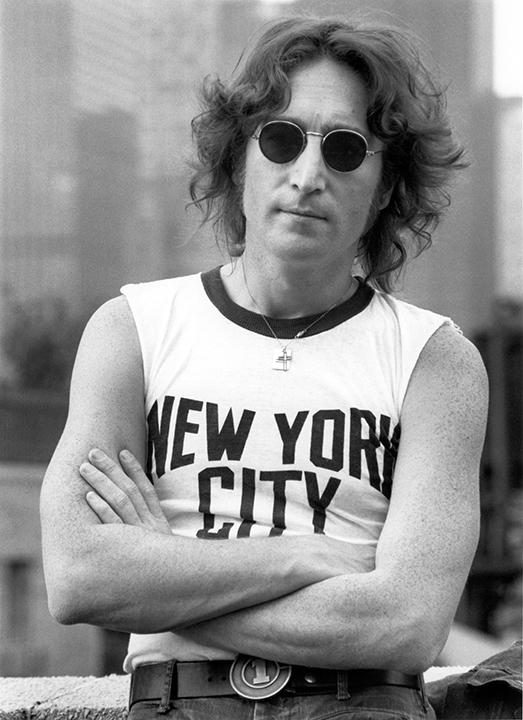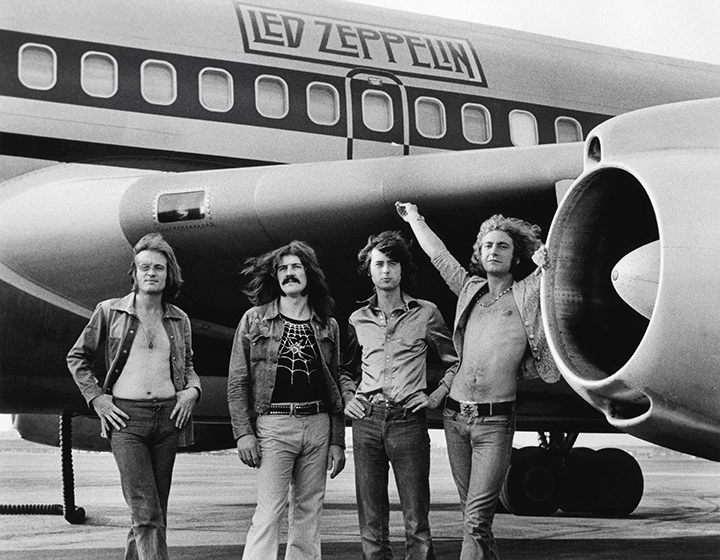“Can I get an extra copy for my mother?”
It’s a simple question, but it’s the biggest compliment that famed rock and roll photographer Bob Gruen has ever received. Music pioneer Lou Reed asked him once; Bo Diddley did, too. For Gruen, that simple request was an indication that he was able to capture exactly how the artists saw themselves. And he did so in the most effortless way possible: no direction, no preparation. He just showed up and tried to bring out the best in people.
It’s this reason Gruen finds himself in Vancouver for the very first time—to present a retrospective of his storied career. One would think that a man who has shot music history’s biggest stars was brought up on photography with a specific approach, a clear-cut vision of how to achieve intimacy in the midst of constructing a grand shoot. Rather, Gruen did the opposite. His artistic approach is something he cheekily describes as “not wanting to work.”
“I tried keeping it as informal as possible. I let them decide what they wanted to look like. That’s basically it,” Gruen says of the “turn on, tune in, drop out” philosophy he has had since college. “I didn’t put my ego into the process, I didn’t give a lot of instruction, I practically said nothing. I just waited people out. I waited until they looked good. I didn’t feel like working. If you don’t know what you want to look like, I’m not going to tell you what to do.” Strolling through Gruen’s exhibition, presented by Toronto’s Liss Gallery and running until Aug. 25, 2017 at Vancouver’s Pendulum Gallery, can easily give viewers the sense that they are in the middle of a mosh pit at a rock show. Images of icons including Led Zeppelin, the Rolling Stones, The Clash, Debbie Harry, Tina Turner, and David Bowie line the walls.
“I’ve been lucky to become good friends with a lot of the people I work with,” Gruen says. Among those: the late John Lennon. Most will be familiar with what has been labelled as Gruen’s most iconic photo: John Lennon in 1971, standing with his arms crossed in front of his t-shirt, which is emblazoned with the words “New York City.” It would eventually become the photo that fans huddled around at Lennon’s public memorial in Central Park following his murder in 1980.
“We had no idea at the time it was going to become so popular. But there’s just something about that picture where he looks very confident but at the same time open and accessible,” Gruen explains. “There are a million pictures of John Lennon, but that one, it was special.” Perhaps one of Gruen’s most interesting jobs came shortly after that 1971 photograph was taken, when Lennon and Yoko Ono enlisted him as their personal photographer, allowing him to enter their mysterious and personal world. “If they wanted a picture, they would call me. They were world-class people,” Gruen says. “When John wanted a picture to put on his green card, he called me. When they wanted a picture of their newborn baby Sean, a month old, they called me to take pictures to send to their family.”
For someone who doesn’t like to work, Gruen is still clearly a man who works incredibly hard. His career has been built on capturing the freedom and spirit of rock and roll, both the frenzied moments on stage and the intimate moments behind the scenes. It’s a juxtaposition Gruen knows well: “I crave quiet,” he says. “But I thrive in chaos.”
Read more of our stories on photography.











